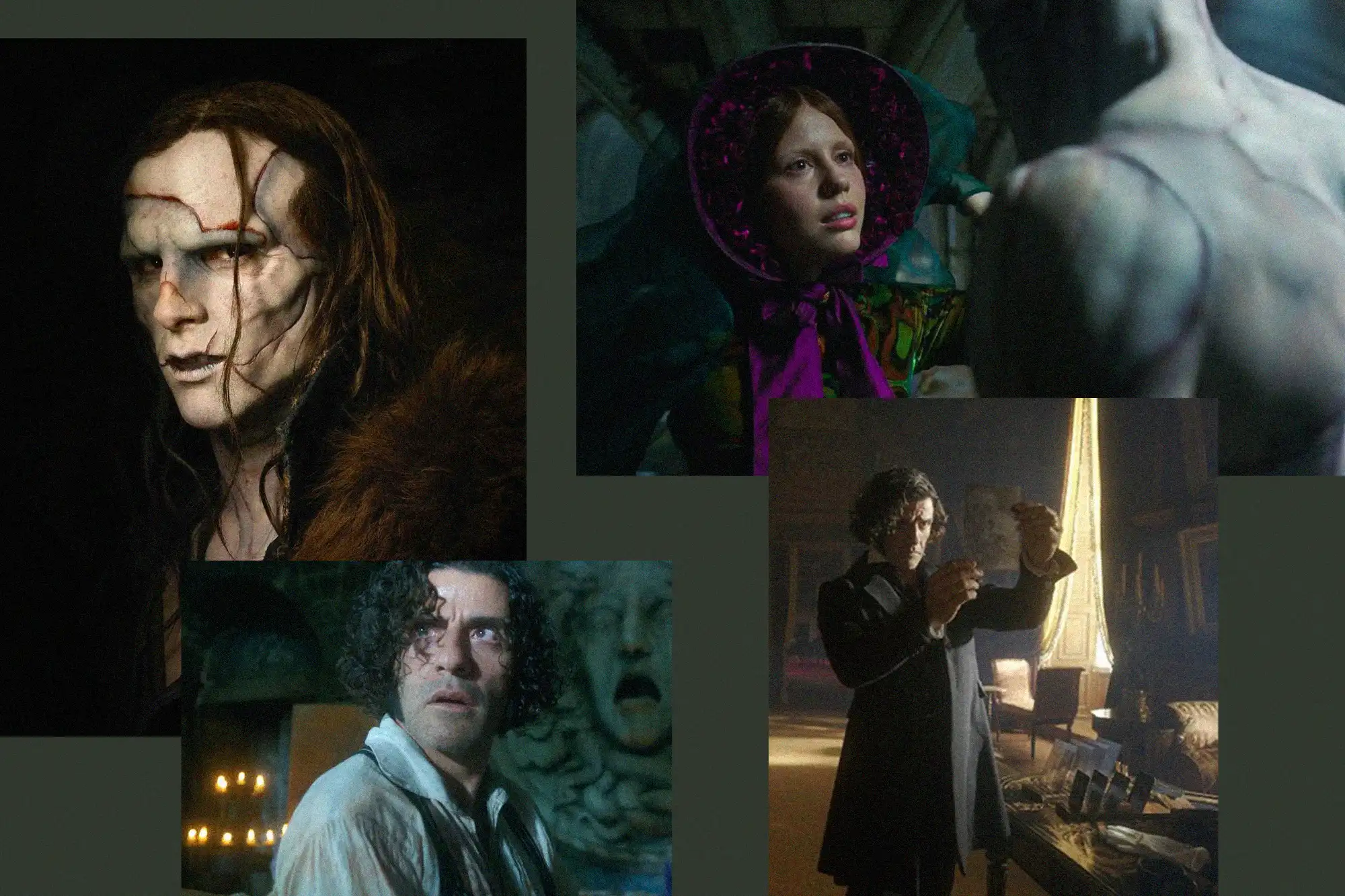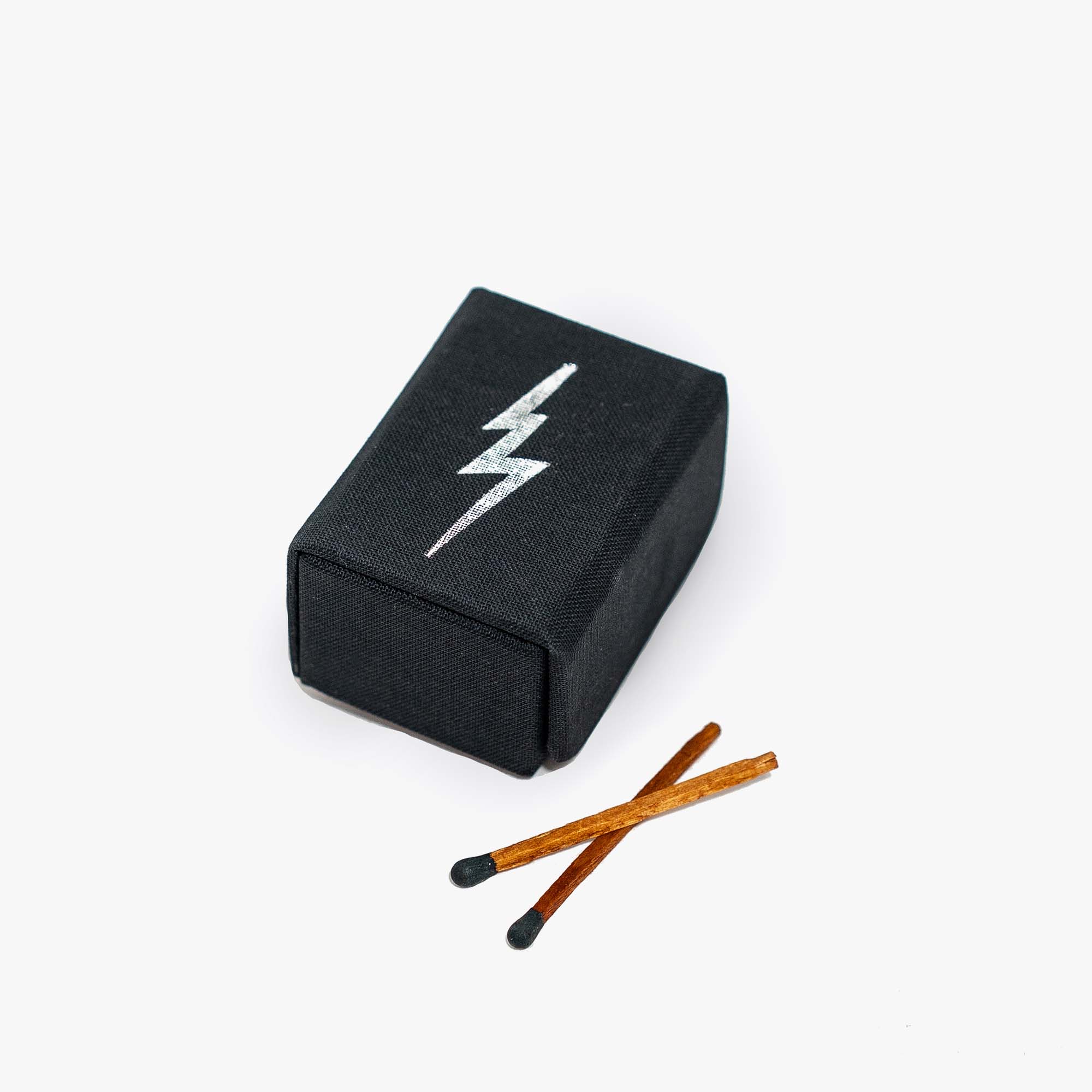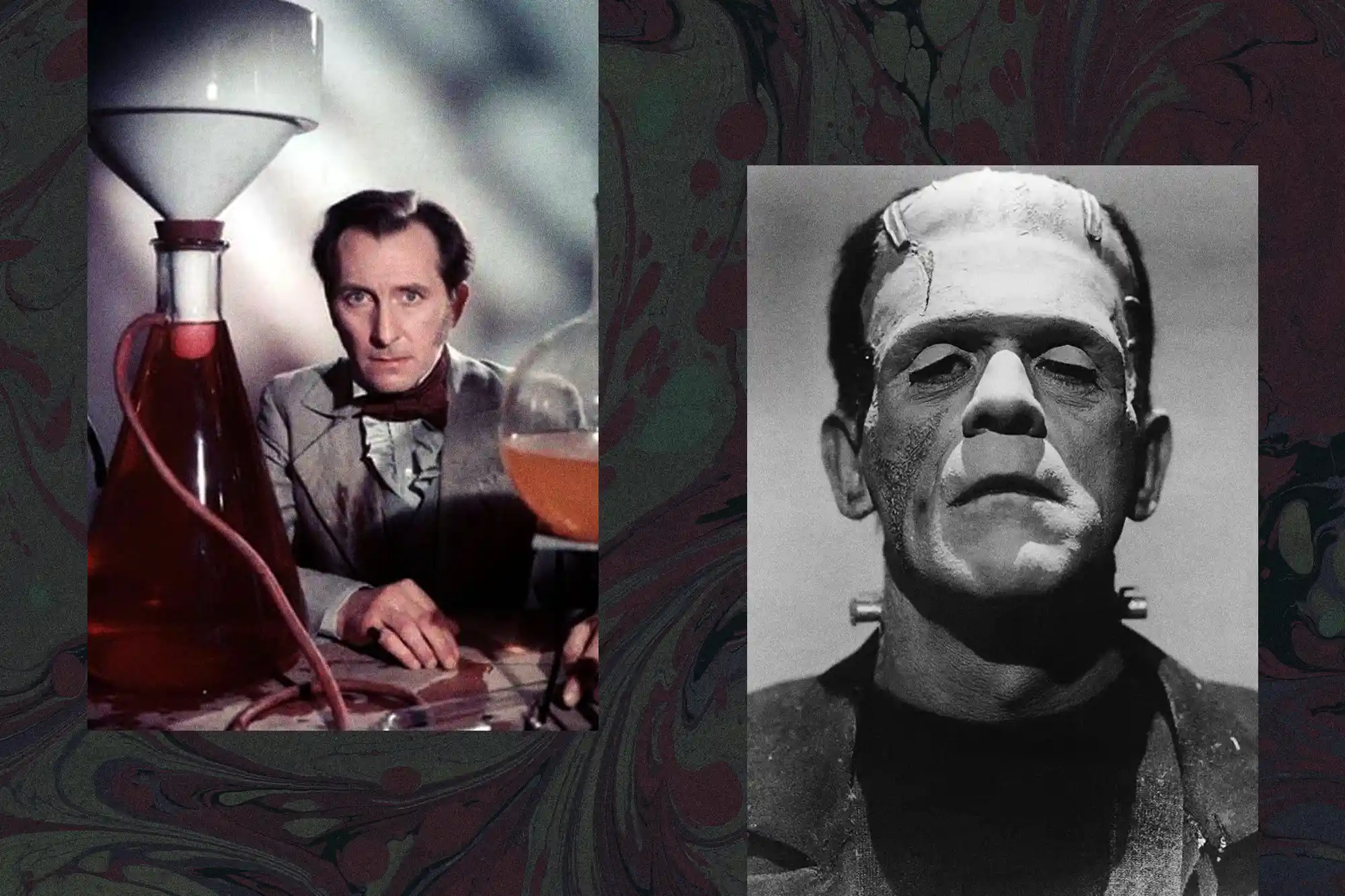To stay true to Mary Shelley’s beloved tale of horror, ingenuity, and hubris, or to adapt it for modern audiences? That is the question Guillermo del Toro toiled over for the last 25 years as he dreamt up a new Frankenstein adaptation for modern audiences. A feat the Academy-Award-winning filmmaker has declared his life’s work. In an era where our leaders prioritize lining their own pockets over valuing human life, del Toro’s adaptation was indeed one to be approached with caution, dare he misrepresent the virtuous messages that make this 1818 Gothic legend so powerful and prescient.
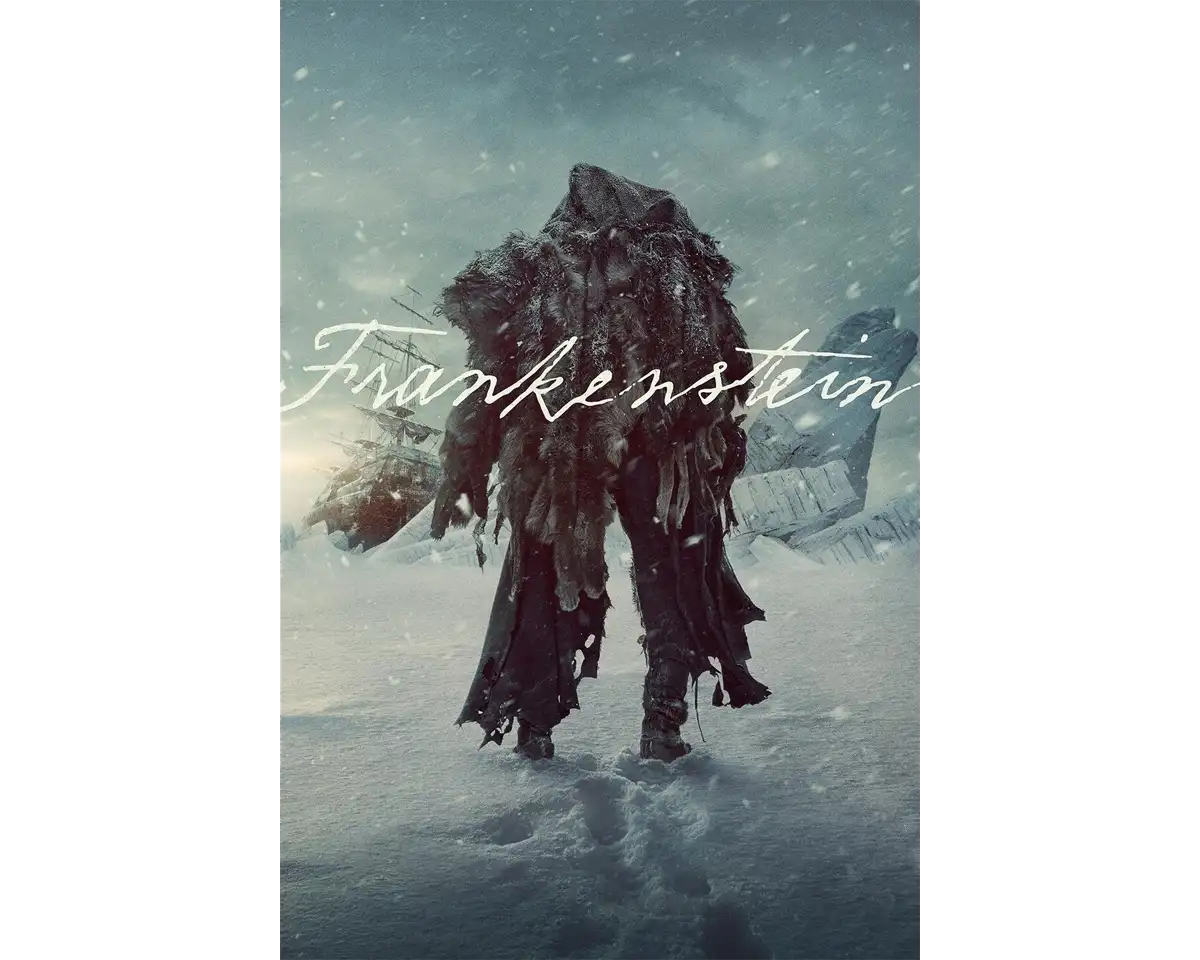
But beyond the question of how faithful to stay to the original tale lies the added challenge of translating a story told through nested narratives (an epistolary novel, it unfolds via letters) into a cinematic experience. Written by the daughter of proto-feminist Mary Wollstonecraft, Shelley’s novel is riddled with feminist undertones. Of its five female characters, only two appear in del Toro’s version—Victor’s mother, Claire Frankenstein, and Elizabeth—both played by Mia Goth. As an Editor of our Frankenstein Art Novel and a long-time admirer of Mary Shelley myself, this surprising removal of Justine Moritz’s character—and the important trial scene surrounding the death of William Frankenstein—felt jarring. Still, I can forgive Guillermo del Toro for it; the cinematics, costumes, and true-to-the-novel character mirroring between the Creature and Victor made up for where its feminist elements fall short.
For Frankenstein and Mary Shelley fans eager for spoilers before its November 7 Netflix release, here’s a list of nine additional ways Guillermo del Toro took creative liberties with the film, even when it meant completely reimagining iconic parts of Mary Shelley’s prophetic story.
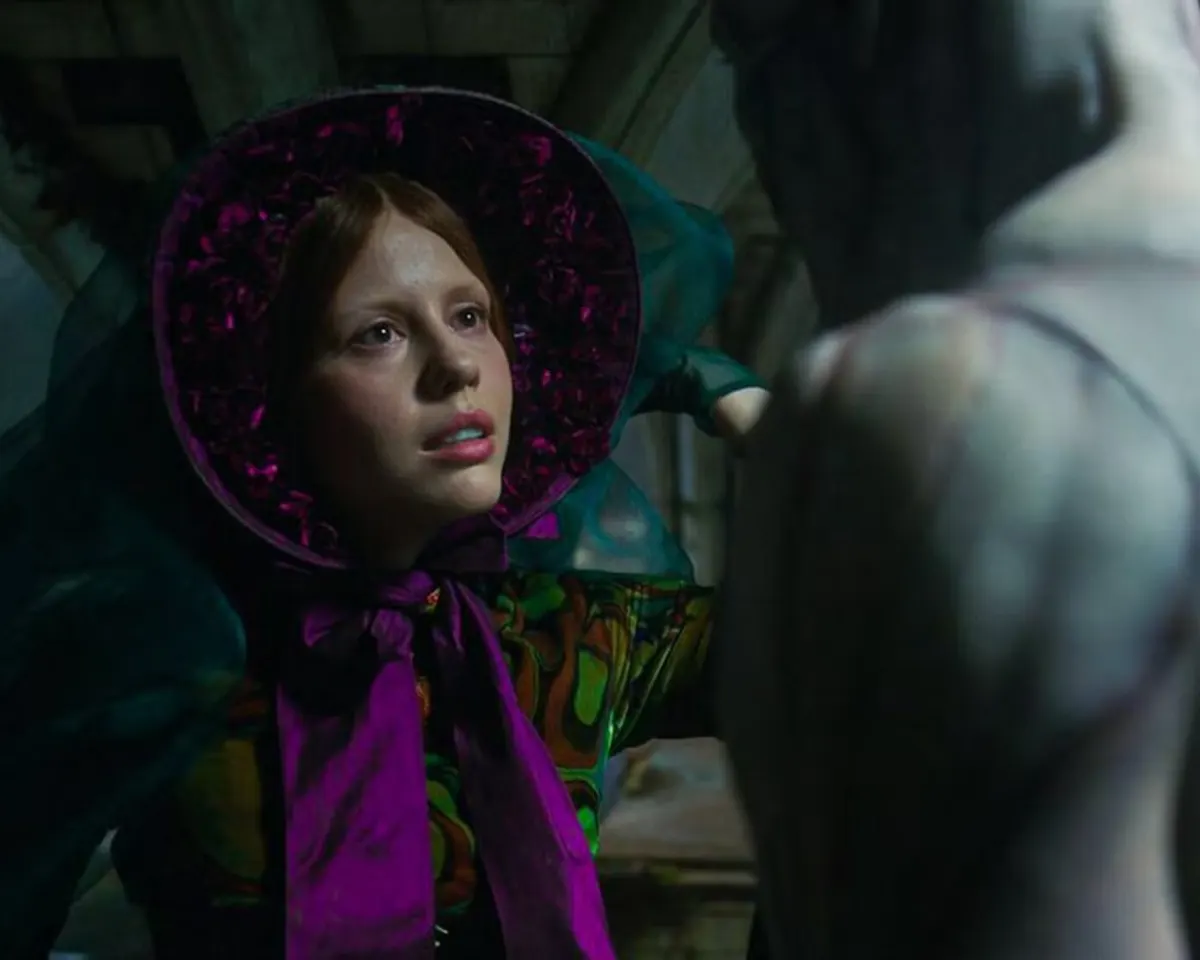
1) It’s Still a Nested Narrative but the Woman Who Heard It Is Gone
One of the great feats of Frankenstein is its layered storytelling: letters from Robert Walton to his sister, Margaret Saville, frame Victor Frankenstein’s confessions, which in turn contain the Creature’s own haunting retelling. It’s a story within a story within a story, bound by a woman’s removed, yet steady presence. Though we never hear directly from Margaret, we know she is on the receiving end of the story as a secondhand witness to this chaotic and tragic tale of ambition, madness, and remorse. Del Toro keeps the nested structure but drops Margaret Saville entirely, replacing Walton with a new character, Captain Anderson. In doing so, the film loses a key female observer, turning the story into a closed loop of men telling stories to (and about) each other.
2) Elizabeth is William’s Wife, Not Victor’s (But Victor Loves Her)
Guillermo del Toro flipped the script here—Elizabeth is Victor’s little brother William’s wife instead of Victor’s fiancée. But from the very beginning, Victor has a crush on her, adding a fresh layer of tension and emotional complexity to the brother’s relationship. What’s more, Elizabeth is drawn to the Creature’s humanity and shares a private, intimate moment with him when she first discovers him hidden in the basement, shackled by chains. Their instant connection—and Victor’s abuse toward the being—makes her fiance’s brother all the more reviled in her eyes. Why not add a touch of modern family drama, adding even more heat to a plot that’s already boiling from the very start?
3) A Wealthy Benefactor Helps Victor Create Life—But then Falls to an Accidental Death
Del Toro introduces a wealthy patron named Heinrich Harlander who financially backs Victor’s ambitious experiments. Sick from syphilis, Harlander is emotionally invested in Victor's work and desperate to extend his own life. When Victor is only days away from completing the Creature, Harlander pleads with him to use his own limbs and organs to create the new body. Victor declines, arguing that Harlander's illness is too advanced. During a storm, an enraged Harlander tries to break the electric apparatus that Victor plans to use to animate the Creature, and falls to his accidental death.
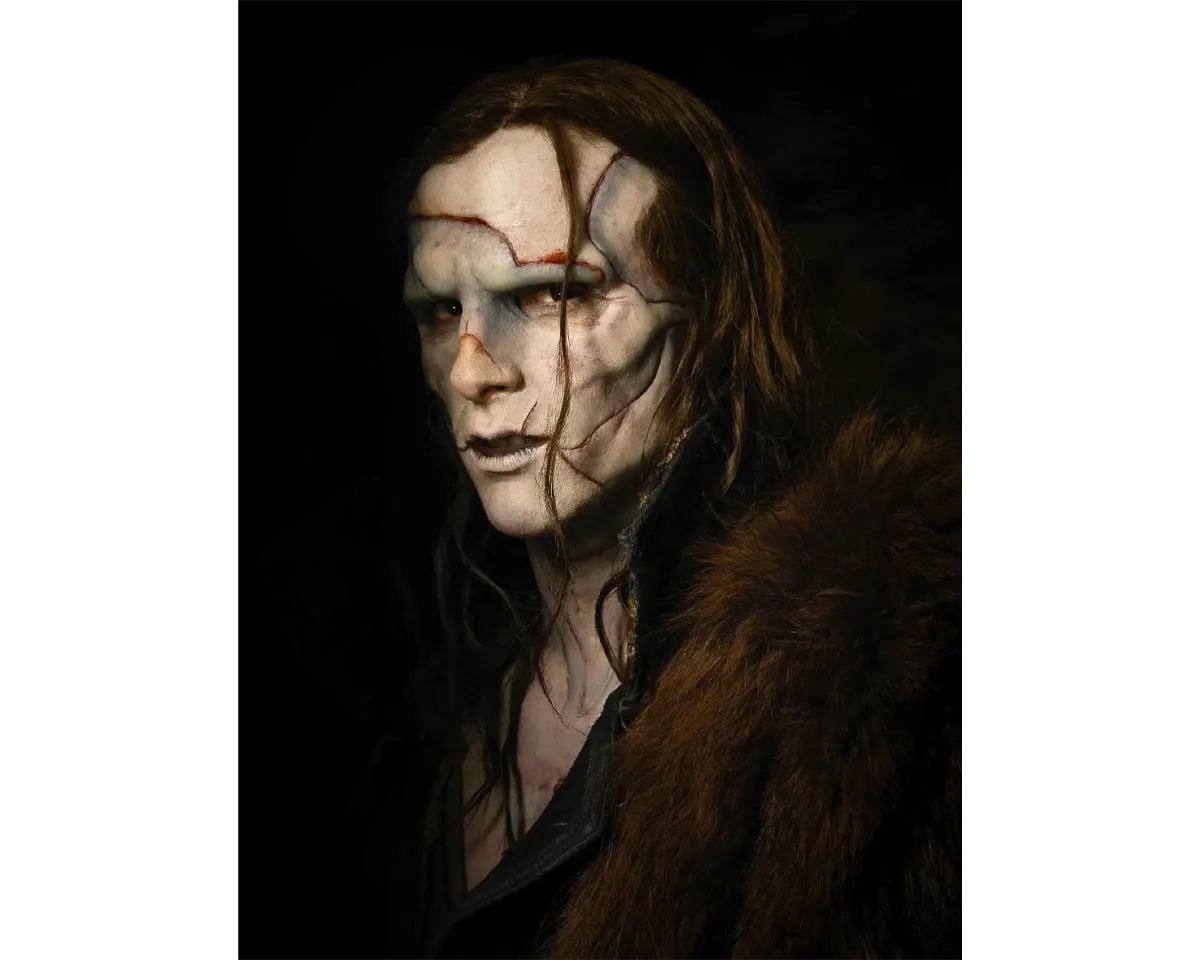
4) The Creature is really…. Jacob Elordi
No spoilers here (unless you’re really not paying attention, in which case, maybe it’s best to just go into the film totally blind?). Casting Jacob Elordi as the Creature was a genius move. For one, it humanizes him, making you see his vulnerability rather than as a horrific half-human, half-monster cobbled together from dead bodies, and secondly, it’s hilarious. Jacob Elordi’s tall, toned figure is easily recognizable through all the prosthetic make-up, as is his chiseled jaw. I’d be shocked if your heart didn’t ache for the Creature throughout the film, and in more ways than one.
5) Victor Chains the Creature to a Lab Table and then Sets the Castle on Fire
This is when things really get dark—darker even than Shelley’s original. After the Creature’s first attempt at human connection ends in chaos, Victor spirals into a manic rage. Del Toro leans into the madness here: Victor chains his creation to a lab table, tormented by his own disgust and guilt, and sets the entire castle ablaze. The Creature has to crawl through the fire and out of the wreckage, and Victor himself isn’t spared. He loses a leg from the destruction, leaving him with a prosthetic limb—and marking the first step toward his slow transformation into his own manic monster.
6) A Pack of (Notably CGI-Generated) Wolves Kill the Blind Mr. De Lacey
This is del Toro’s strangest liberty, and one I didn’t love. Perhaps Netflix pushed the hangry-wolf scene on the filmmaker for even more gory drama? In Shelley’s novel, the De Lacey family represents the Creature’s one hope for acceptance, but here, the friendly blind man meets a brutal end: he is torn apart by wolves that appear without warning. It’s Gothic, it’s grotesque, but the wolves look totally fake, if you ask me. I guess you could say the scene drives home one of Shelley’s theses: that nature is wired to conspire against the unnatural.
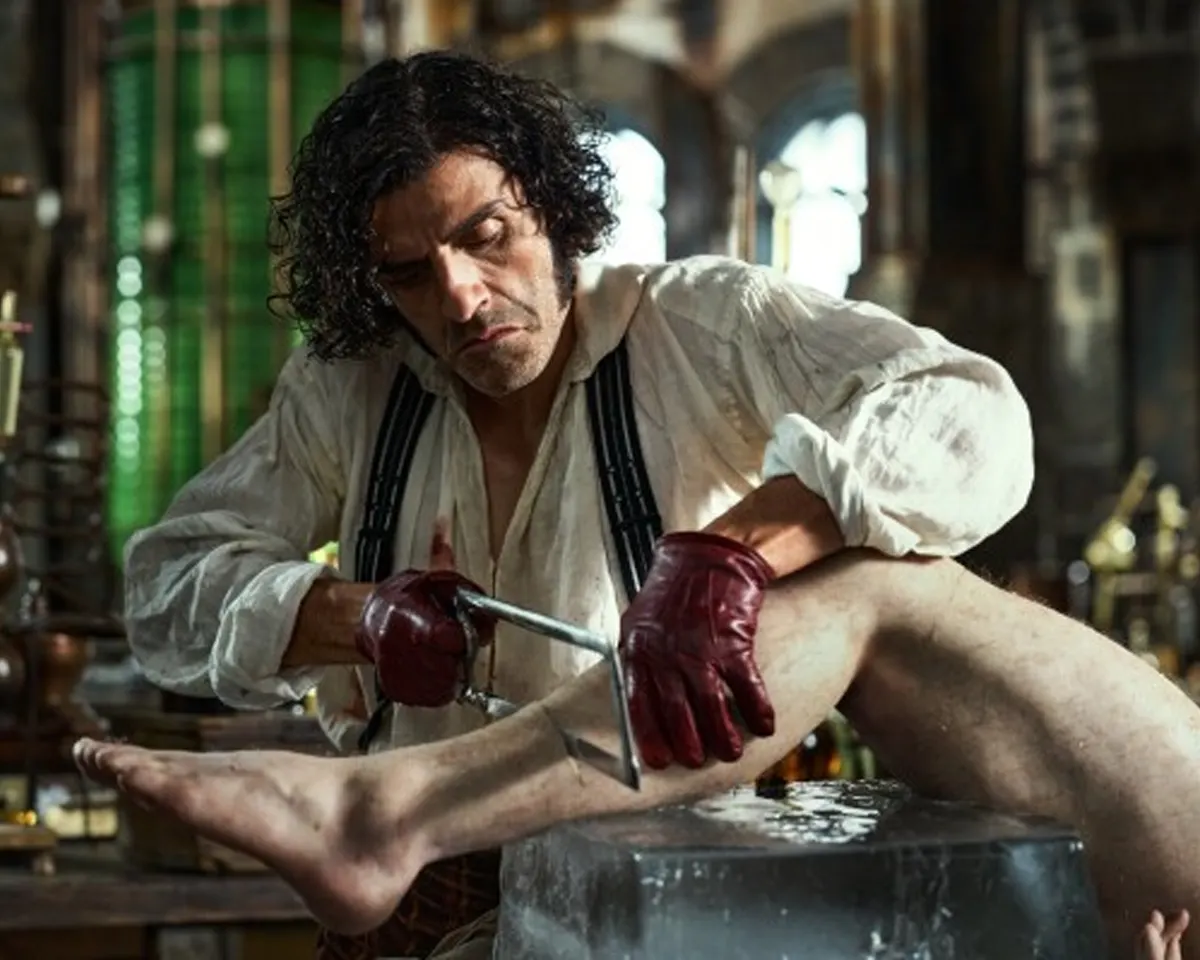
7) Victor Accidentally Kills Elizabeth, Then Blames it on the Creature
In one of the film’s most gut-wrenching reversals, Victor accidentally shoots Elizabeth on her and William’s wedding day, killing the bride instantly. He was aiming for the Creature, but she stepped in to protect him. Think blood-saturated wedding dress, and a distraught groom carrying his dead bride—Bride of Frankenstein reimagined. Instead of confessing, Victor blames the tragedy on his creation, setting off a chain of vengeance. In one of the film’s most powerful moments, William turns to his brother in disbelief and asks, “Did you ever wonder, of all the parts that make that man, which one holds the soul?” The line haunts the rest of the film.
8) Victor and the Creature Have a Come to Jesus Moment
In del Toro’s remake, Robert Walton is replaced by Captain Anderson, the leader of an Arctic expedition trapped in the North Pole’s ice. Staying true to the novel’s frame, the story circles back, at its end, to an exhausted Victor recounting his tragic tale. But in the film, when the Creature boards the ship, he finds Victor on his deathbed. In a powerful scene, Victor finally apologizes for his mistreatment of the Creature, and the Creature shows a glimpse of understanding, making for an emotional moment of forgiveness that goes beyond the original story.
9) There’s *Kind of* A Happy Ending?
In stark contrast to Shelley’s tragic final, Guillermo del Toro takes a more hopeful and cinematic approach. (Mind you, this neatly tied-up ending comes after the Creature has been burned alive, hunted down, and destroyed by dozens of gunshots, returning to life angrier and more mangled each time.) The Captain and his crew happily let the Creature off the ship, where he miraculously lifts the ship’s bow free from the ice, allowing the expedition to sail off on its merry way—and Victor to rest easy in his final days of life. Instead of self-immolating in an angry fury, the Creature walks longingly into the frozen wilderness alone. Everyone, for a moment at least, is at peace. Long gone is Mary Shelley’s somber, ambiguous ending, where the Creature cries out: “The light of that conflagration will fade away; my ashes will be swept into the sea by the winds. My spirit will sleep in peace; or if it thinks, it will not surely think thus. Farewell.” But who are we kidding—this is Hollywood after all, and did we really want Jacob Elordi to die?



